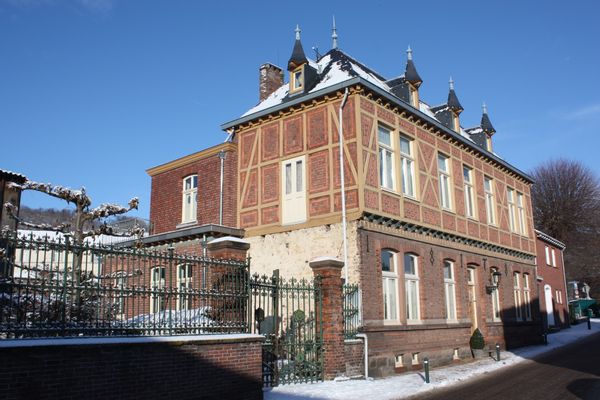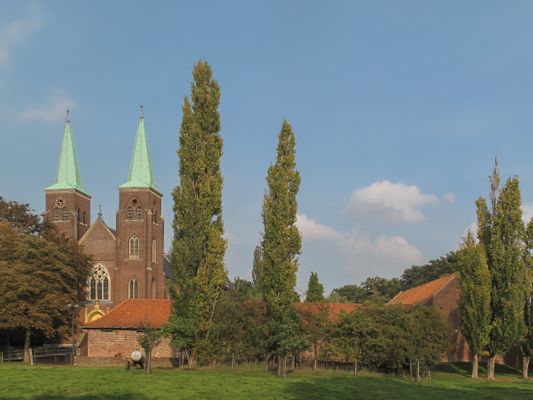This Dutch city has a well-preserved old town, vibrant cultural scene, and active student life. Its narrow streets, historic buildings, and riverside walks attract visitors year-round.
Maastricht, one of the oldest cities in the Netherlands, sits along the banks of the Meuse River. The city's streets reveal layers of history, from Roman ruins to medieval churches and 17th-century mansions. You'll find modern architecture and art galleries alongside these historical structures. Explore the compact city center on foot, browsing boutiques in the Wyck district or relaxing in the lively Vrijthof square. Maastricht's location at the intersection of Dutch, Belgian, and German borders gives it a distinct character, evident in its local cuisine and cultural events.
Exploring Maastricht's Historic Center
Walk through Maastricht's old town to see centuries of architecture. Cross the Meuse River on the 13th-century St. Servatius Bridge. Visit the Romanesque Basilica of Our Lady, dating back to the 11th century, which contains religious artworks. Look for the Gothic St. John's Church with its distinctive red tower visible across the city. Step back in time at the Helpoort, the oldest surviving town gate in the Netherlands, built in 1229. On Wednesdays and Fridays, join locals shopping at the market in Markt square, overlooked by the 17th-century City Hall.
Arts and Culture in Maastricht
Despite its size, Maastricht has a lively cultural scene. Visit the Bonnefantenmuseum, recognizable by its rocket-shaped tower, to see both Old Masters and contemporary art. Browse books in an unusual setting at the Dominicanen Bookstore, a 13th-century Gothic church transformed into a bookshop. Throughout the year, you can attend major events like the TEFAF art fair, Carnival celebrations, and summer concerts by André Rieu in the Vrijthof square. Enjoy musical performances at venues like the Theater aan het Vrijthof.
Maastricht's Culinary Scene
Maastricht's cuisine reflects its location near the Belgian and German borders. You'll find dining options ranging from Michelin-starred restaurants to casual cafes. Try local specialties like zoervleis, a sweet-sour beef stew unique to the region. For dessert, taste Limburgse vlaai, a fruit tart that comes in many varieties. You can sample it at Bakkerij Paulissen, a long-standing local bakery. The Wyck district has many restaurants and bars. In warm weather, join locals and visitors at the outdoor terraces along the Vrijthof and Onze Lieve Vrouweplein squares.
Underground Maastricht
Beneath Maastricht's streets lies an extensive network of caves and tunnels with a complex history. The Caves of St. Pietersberg were originally created through marl quarrying but have served many purposes. During World War II, they protected valuable artworks, including Rembrandt's Night Watch. Today, you can take guided tours to explore this underground world and learn about its past. Climb to the Fort Sint Pieter, built in the early 18th century, for a view over the city and surrounding countryside.
University Life and Modern Maastricht
Maastricht University shapes much of the city's character. Founded in 1976, it attracts many international students, with about half of its student body coming from abroad. University buildings are spread throughout the city, integrating student life with the urban environment. In recent years, former industrial areas like the Sphinxkwartier have transformed into creative spaces with new architecture, start-ups, and cultural venues. This mix of historical and contemporary elements makes Maastricht an engaging place to explore.




















